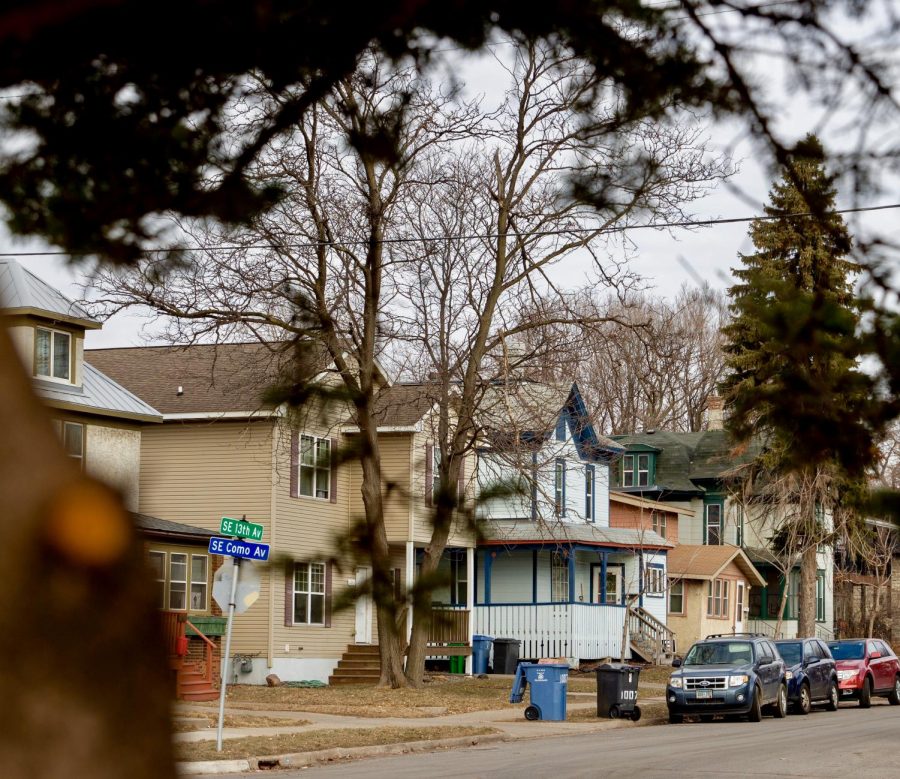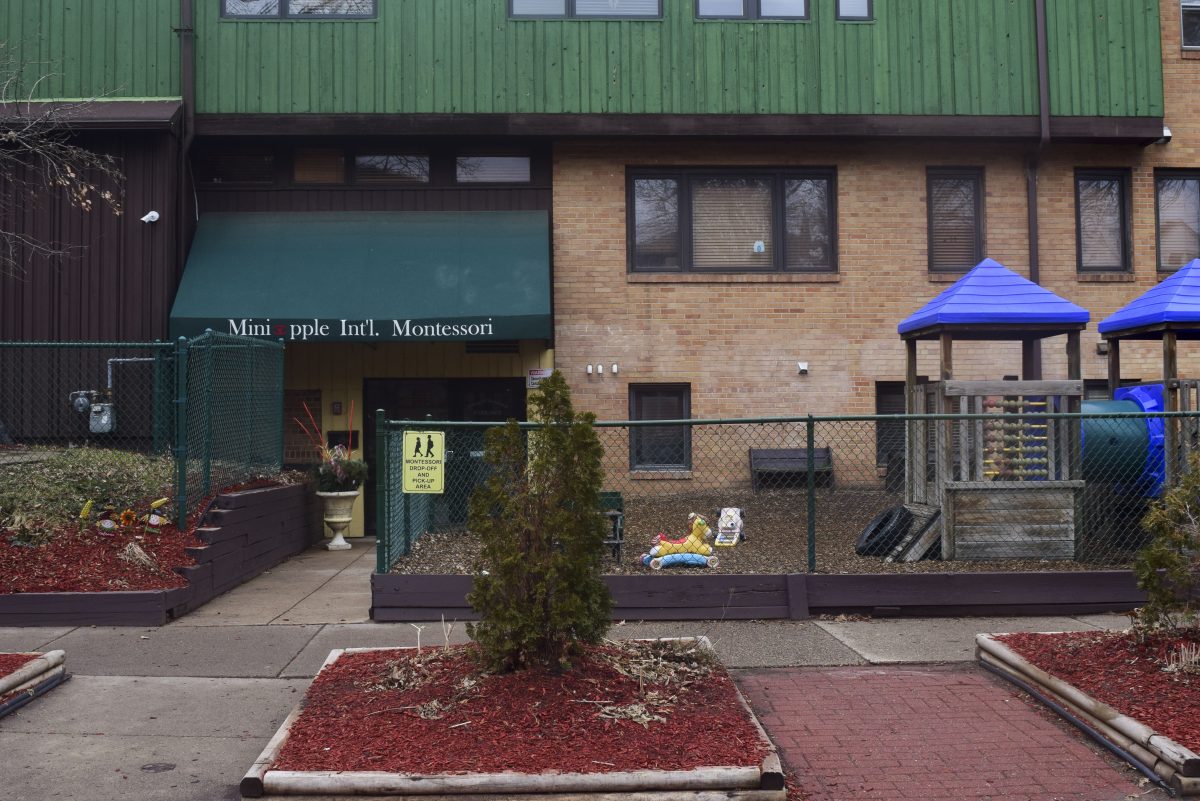The University of Minnesota’s Center for Urban and Regional Affairs (CURA) released a study on rent stabilization while the Minneapolis Charter Commission considers two amendments that would pave the way for a limit on rent increases.
The city commissioned the study, which was released last month, for context on developing the charter amendments. It revealed that lower-income renters have recently experienced the largest rent increases, and the University area experiences greater upticks than anywhere else in the city.
“Lower-income renters really have trouble in the market,” said Ed Goetz, CURA director. “Rents increased at higher percentages than [for] other groups, and they had less income growth.”
The average rent increase per year in Minneapolis from 2013-2018, following the 2008-2012 housing market crash, was 2.7% — with the highest year-to-year increase being 9.4%. In University-area neighborhoods, the average annual rent climbed 3.3% from 2013-2018, the greatest uptick in Minneapolis.
Goetz said the study does not explain this, but he has a guess: “The highest rent increases occurred in older buildings, built before 2000, and so this area likely has a lot of these buildings,” he said in an email.
The Charter Commission has 150 days to review the study and provide recommendations or a ruling on two charter amendments that would then go on the ballot in November 2021. The first would allow the City Council to implement rent control by passing it or putting it on the ballot as a city question.
The second allows the citizens to write a rent stabilization policy and get a question on the November 2022 ballot.
Qannani Omar, housing organizer with Harrison Neighborhood Association, works with Minneapolis United for Rent Control (MURC) to educate Minneapolis-based advocacy groups and community organizations about rent stabilization. She believes the Council offered these two pathways to give Minneapolis residents a choice.
“If they design a policy that may not align with the values that we’re hoping for, our coalition partners are ready to create our own ordinance and put it on the ballot,” said Omar.
The CURA study showed that many cities set the rent cap at the consumer price index (CPI), or a variation of that percentage, such as CPI plus 3%. Goetz said this could be a benchmark for Minneapolis’ rent cap.
“CPI is kind of an independent measure of costs in the local economy set by an independent party, not landlords or tenants,” Goetz said. It considers average costs of living, such as transportation, food and medical care.
If the rent cap were set at the CPI, it would change year to year, but in Minneapolis, it would probably land between 3%-5%, Goetz said.
The study also revealed some of the cracks in the existing policies around the country. The rent cap sometimes acted as an incentive for landlords to neglect building upkeep or convert apartments to condominiums in order to avoid the limit, Goetz said. He said local governments responded by creating other programs to counter these negative effects.
Minneapolis tenant and landlord groups are still concerned about some aspects of the ordinance.
MURC organizers want to ensure this potential rent cap does not exempt any rental housing, Omar said. The rent stabilization ordinances in other cities sometimes exclude single-family homes or new construction to encourage developers to build in the area, Goetz said.
“If we start carving out special exemptions for newer buildings or older buildings or try to take out single-family homes, it really causes an imbalance of which rental units will be available and will still be affordable,” Omar said.
For property owners, this possible ordinance has not been successful in other cities because it does not address the lack of housing for renters of different incomes, said Cecil Smith, CEO of the Minnesota Multi Housing Association (MHA). He added that lawmakers should focus their efforts on creating more housing instead.
Blois Olson, a spokesperson for MHA, said property tax increases, which are set by the city, are the biggest cost drivers on housing in Minneapolis.
“Then there’s nowhere else to pass those [costs] along to other than the renters,” Olson said.




























